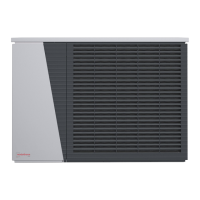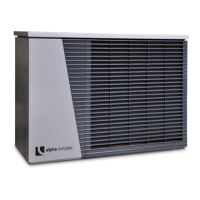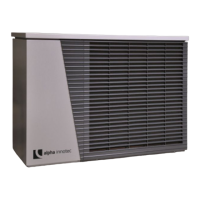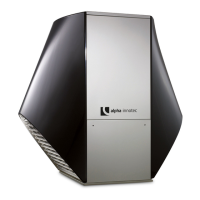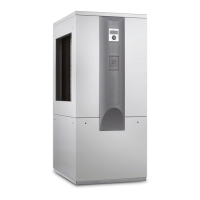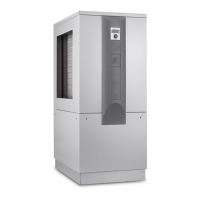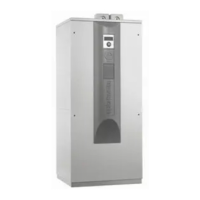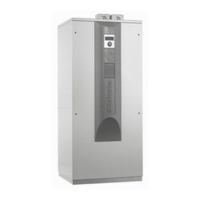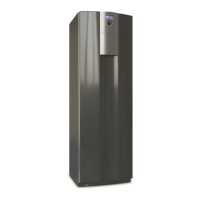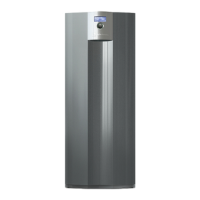12
Subject to technical amendments without prior notice | 83055800gUK – Translation of the original operating manual | ait-deutschland GmbH
8 Flushing,llingandventing
8.1 Heating water quality
NOTE
● For detailed information refer, among
other things, to the VDI Guidelines
2035 “Vermeidung von Schäden in
Warmwasserheizanlagen” (preventing
damage in hot water heating systems)
● Required pH value: 8.2 … 10;
for aluminium materials:
pH value: 8.2 … 8.5
► Fill the system with deionised heating water
(VEwater)orwithwatercorrespondingtotheVDI
2035normonly(low-saltoperationofthesystem).
Advantages of low-salt operation:
● Low corrosion-promoting properties
● No formation of mineral scale
● Ideal for closed heating circuits
● IdealpHvalueduetoself-alkalisationafterlling
the system
► If the required water quality is not achieved, con-
sult a company specialising in the treatment of
heating water.
► Keep a system log for hot water heating systems
in which relevant planning data is entered (VDI
2035).
Antifreeze in the heating circuit
For air/water heat pumps installed outdoors, it is not
necessary to ll a water/antifreeze mixture into the
heating circuit.
The heat pumps have safety devices that prevent the
water from freezing, even when the heating is swit-
chedo.Aprerequisiteisthattheheatpumpremains
switched on and is not disconnected from the mains.
Should there be a risk of frost, the circulation pumps
are activated.
The following points must be observed if antifreeze is
added, depending on the concentration of the mixture:
● Heat output of the heat pump is reduced
● COP value becomes worse
● In the case of on-site circulating pumps, the deliv-
ery rate is reduced; in the case of integrated cir-
culatingpumps,thespeciedfreepressuredrops
● The compatibility of the material of the compo-
nents used with the antifreeze mixture must be
ensured
8.2 Flushing,llingandventing
the heating circuit
The outlet pipe of the safety valve is connected.
► Ensure that the response pressure of the safety
valve is not exceeded.
NOTE
The venting programme on the controller can
alsobeusedtosupporttheushingandvent-
ing process. It is possible to control individual
circulation pumps and even the changeover
valve via the venting programme. As a result
it is not necessary to remove the valve motor.
1. Vent the system at the highest point.
2. Vent the heat pump at the hydraulic connection set.
9 Insulation of hydraulic
connections
Insulate hydraulic lines in accordance with the local
regulations.
1. Openshut-odevices.
2. Perform a pressure test and check for leaks.
3. Insulate external piping on site.
4. Insulateallconnections,ttingsandpipes.
5. Insulate the condensate drain in a frost-proof
manner.
6. The device must be completely closed on all sides
to ensure rodent protection.
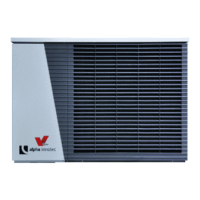
